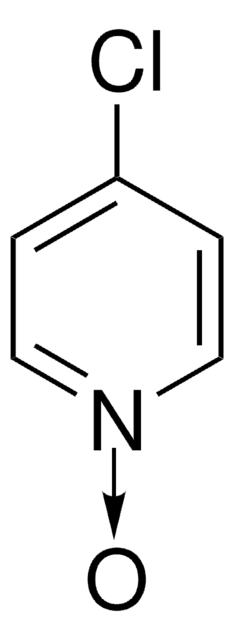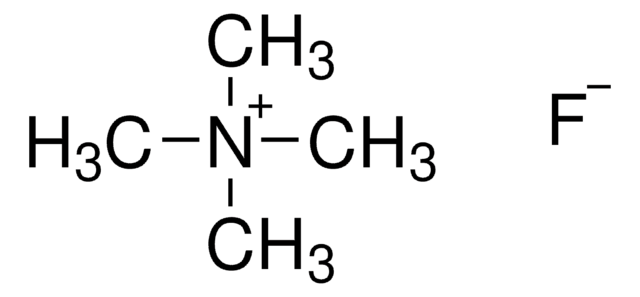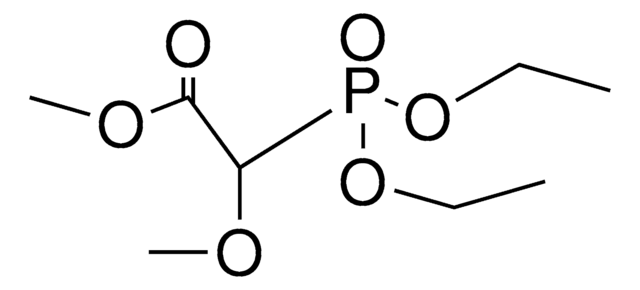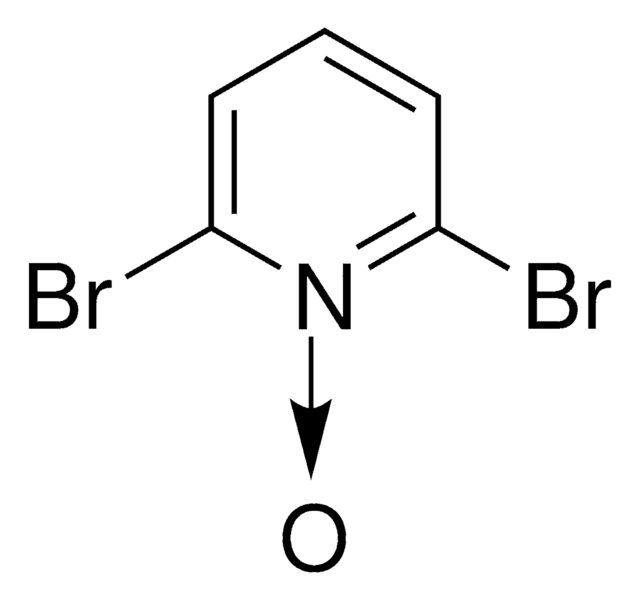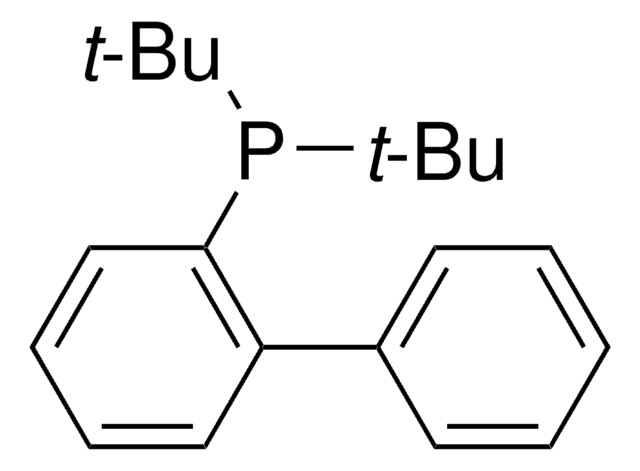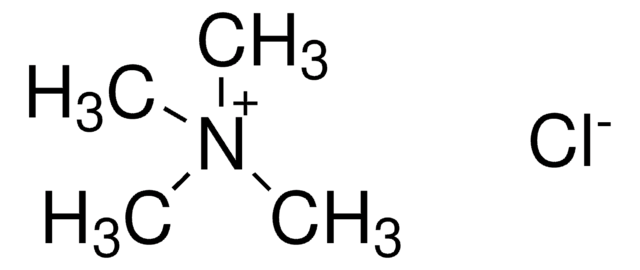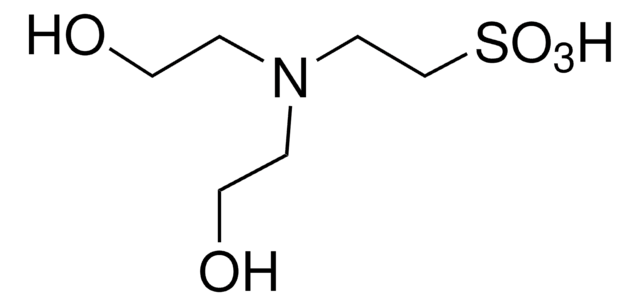추천 제품
양식
powder, crystals or chunks
저장 온도
−20°C
애플리케이션
This bis(neopentyltrimethylammonium) oxalate is used in the elution step of the Ritter lab′s new method for deoxyfluorination of phenols. First, an Fmoc-protected ruthenium tyrosine amino acid derivative ([CpRu(Fmoc-tyrosin)]CF3CO2, cat# 902314) is incorporated to a peptide. Later, bis(neopentyltrimethylammonium) oxalate and chloroimidazolium chloride (cat# 904848) facilitate the elution of [18F]fluoride. The final [18F]fluoride radiolabeled polypeptide is useful in positron emission tomography (PET) imaging for the study of various biological applications.
Automate your fluorination reactions with Synple Automated Synthesis Platform (SYNPLE-SC002)
Automate your fluorination reactions with Synple Automated Synthesis Platform (SYNPLE-SC002)
주의사항
Bis(neopentyltrimethylammonium) oxalate is hygroscopic and should be stored in a closed vial or in a desiccator.
관련 제품
제품 번호
설명
가격
Storage Class Code
11 - Combustible Solids
WGK
WGK 3
Flash Point (°F)
Not applicable
Flash Point (°C)
Not applicable
가장 최신 버전 중 하나를 선택하세요:
Jens Rickmeier et al.
Angewandte Chemie (International ed. in English), 57(43), 14207-14211 (2018-09-07)
Radiolabeled receptor-binding peptides are an important class of positron emission tomography tracers owing to achievable high binding affinities and their rapid blood clearance. Herein, a method to introduce a 4-[18 F]fluoro-phenylalanine residue into peptide sequences is reported, by chemoselective radio-deoxyfluorination
자사의 과학자팀은 생명 과학, 재료 과학, 화학 합성, 크로마토그래피, 분석 및 기타 많은 영역을 포함한 모든 과학 분야에 경험이 있습니다..
고객지원팀으로 연락바랍니다.